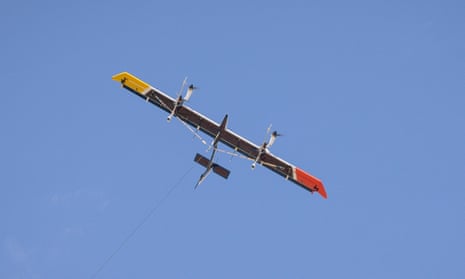Wind turbines are controversial. They are accused of being blots on the landscape, expensive to run and need good winds to work. But the critics could be silenced with a totally new way of generating wind power – using kites. This is a serious proposition. Power-generating kites are far more sophisticated than toy kites, and designed like aircraft wings capable of flying in most conditions.
They are far cheaper to build, install and maintain than huge wind turbines, and because they are smaller than turbines they’re less likely to spoil views of the landscape. Perhaps most compelling of all, kites are so efficient they can generate electricity at roughly the same cost as coal-fired power stations. Much of that efficiency is because the kites reach far higher than wind turbines, so they tap into much stronger and more consistent winds at around 1,300ft height, roughly four times higher than the tallest wind turbine (measured to the hub of the turbine blades). And they turn more of that wind into electricity.
The kites look like aircraft wings that generate power using small propellers on their wings, and the spinning propellers generate power that is delivered to ground down a tethering cable. An alternative technique is to use the tension in the tethering cable so that, as the kite moves upwards or swings around, it turns a generator on the ground to produce electricity.
And if this all sounds like pie in the sky, it’s worth bearing in mind that there is now a burgeoning power-generating kite industry across the world with big names such as Google and Shell investing in it.

Comments (…)
Sign in or create your Guardian account to join the discussion